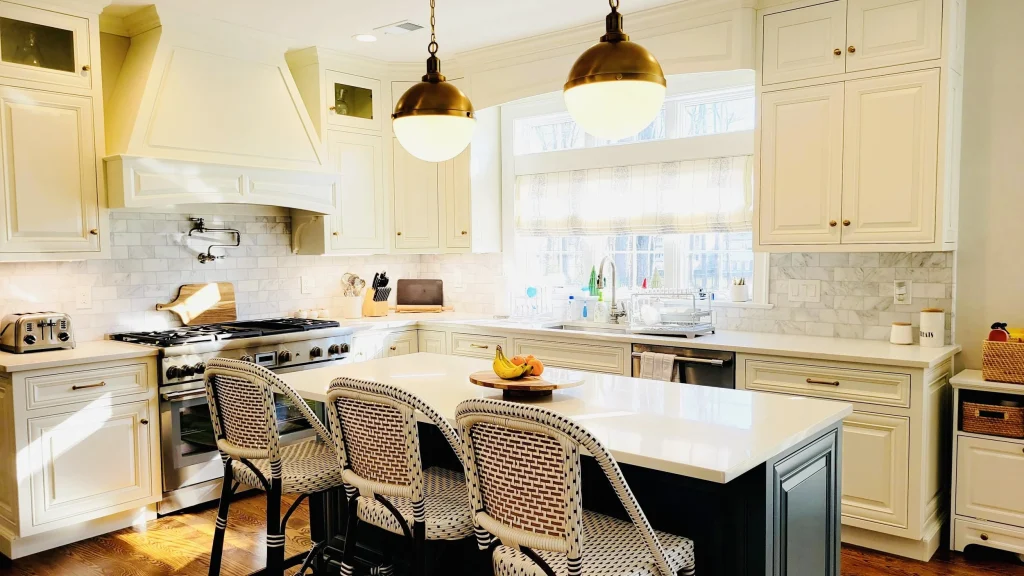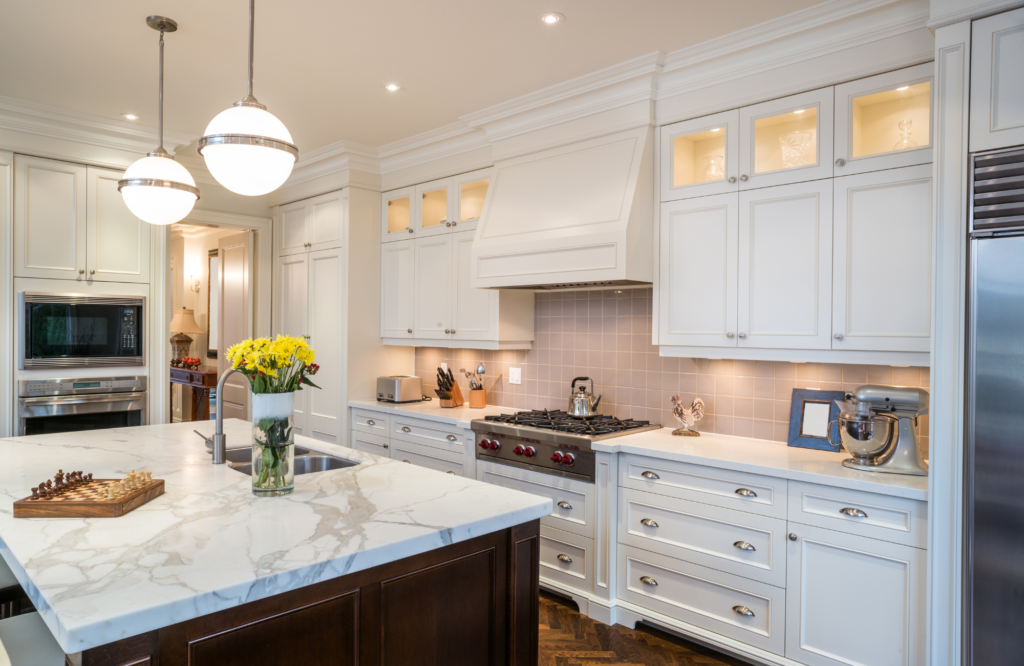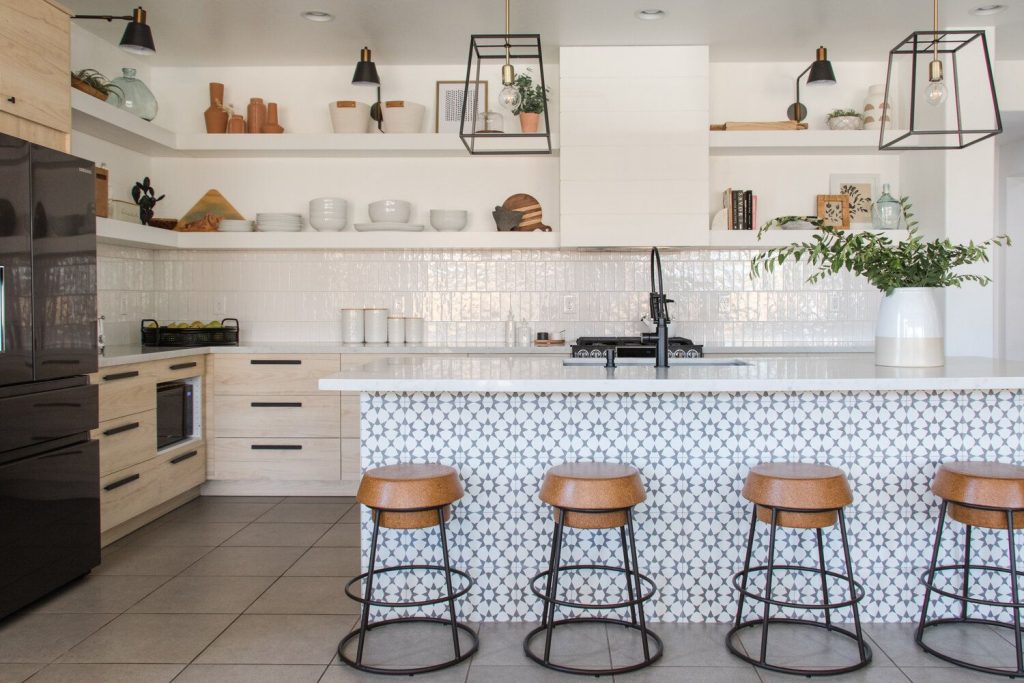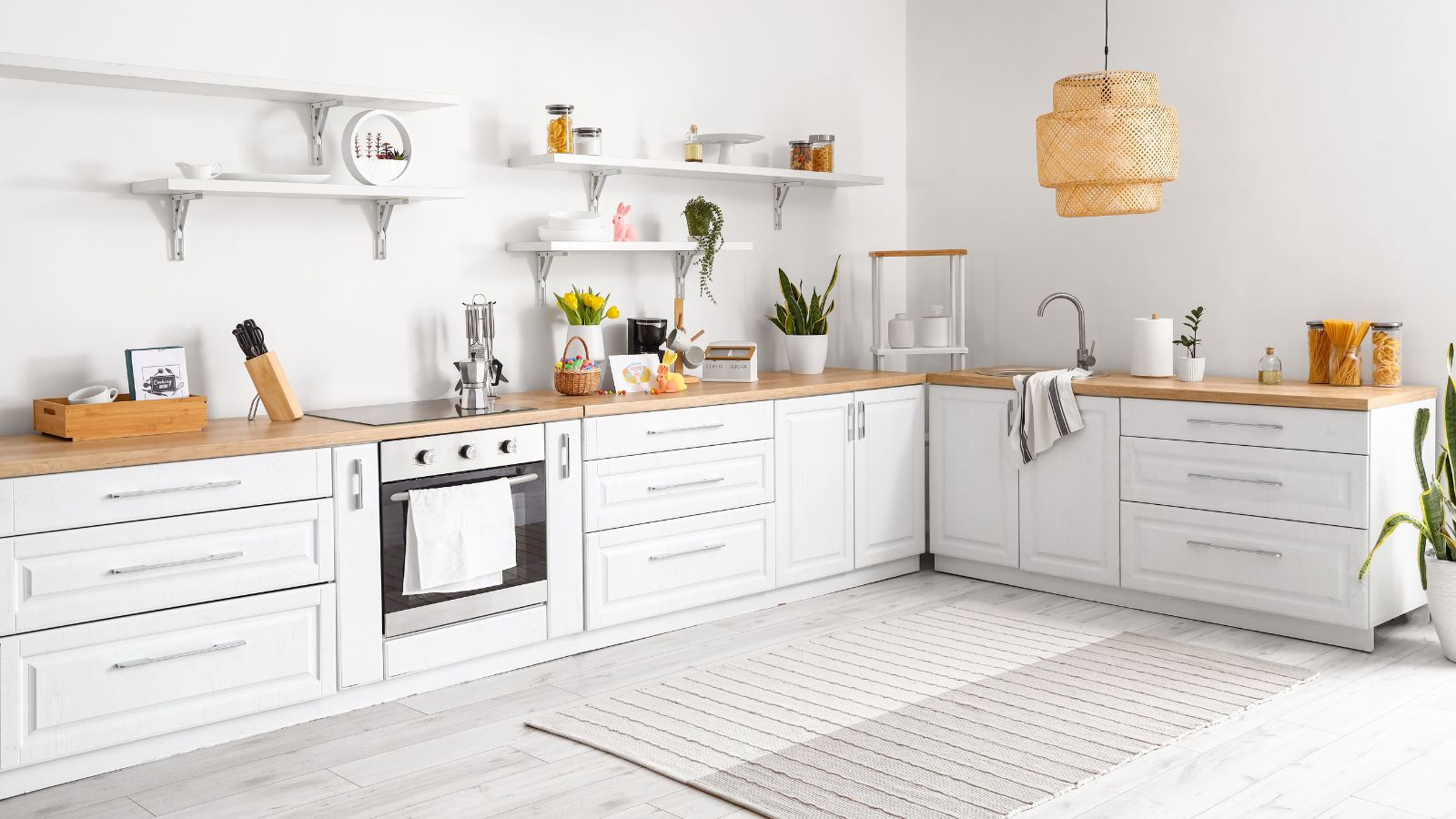A well-organized kitchen is more than just visually pleasing—it can make cooking easier, save time, and reduce stress. Whether you’re a seasoned chef or a casual cook, an efficient kitchen setup can transform your cooking experience. Here’s a comprehensive guide to organizing your kitchen efficiently so every item has a place, and every task flows smoothly.
1. Declutter Before You Organize

The first step to an efficient kitchen is decluttering. Start by removing items you rarely use, duplicates, or broken appliances. Check your pantry for expired food and toss anything past its date. Donate or recycle kitchen tools you don’t need. Decluttering creates space and makes it easier to organize items logically.
2. Group Items by Function
An efficient kitchen organizes items according to how they’re used. Keep similar items together:
- Cooking Zone: Pots, pans, cooking utensils, and oils near the stove.
- Prep Zone: Cutting boards, knives, mixing bowls, and measuring cups close to the counter.
- Cleaning Zone: Dish soap, scrubbers, and towels near the sink.
- Storage Zone: Food containers and wraps near the pantry or refrigerator.
This functional grouping reduces unnecessary movement and makes meal prep faster.
3. Use Cabinets and Drawers Strategically

Cabinets and drawers should be organized for accessibility. Store heavy items like pots and appliances in lower cabinets to prevent accidents. Frequently used items should be at eye level for convenience. Use drawer dividers to separate utensils, measuring spoons, and small gadgets, so they’re easy to locate. Lazy Susans, pull-out shelves, and vertical dividers can maximize cabinet space.
4. Organize the Pantry Smartly
A cluttered pantry can make it hard to find what you need and lead to wasted food. Use clear containers to store grains, pasta, and cereals, so you can see when supplies are running low. Label jars and bins for easy identification. Group items by category—canned goods, snacks, baking ingredients—so you always know where to look. Consider placing frequently used items at eye level and seasonal items higher or lower.
5. Optimize Your Refrigerator and Freezer
A well-organized fridge prevents spoilage and saves money. Store raw meats on the bottom shelf to avoid cross-contamination. Keep fruits and vegetables in separate drawers with humidity controls if available. Dairy products should go on middle shelves, and condiments can be stored in the door. In the freezer, group items in bins or labeled bags by type—meats, vegetables, ready-to-eat meals—to quickly find what you need.
6. Maximize Vertical Space
Kitchens often have unused vertical space that can be a game-changer for organization. Install hooks or racks to hang pots, pans, or mugs. Magnetic strips on walls can hold knives or metal utensils. Tall cabinets or shelves can store less frequently used items, freeing up counter space for daily tasks.
7. Keep Counters Clutter-Free

A clutter-free countertop makes cooking less stressful and more enjoyable. Only keep essential items like a coffee maker, toaster, or frequently used utensils on the counter. Store other appliances in cabinets or pantries. A clean, open surface also makes meal prep faster and easier to clean afterward.
8. Implement a “Zone” Cleaning System
An organized kitchen isn’t just about storing items—it’s also about maintaining cleanliness. Assign zones for washing, drying, and storing dishes. Keep cleaning supplies in one accessible area. Regularly wipe down counters, cabinets, and appliances to maintain efficiency and hygiene.
9. Create a Cooking Workflow
Think of your kitchen as a workflow system. When organizing, consider the sequence of your cooking: storing ingredients near the prep area, keeping cooking tools near the stove, and having serving dishes nearby. This logical flow reduces unnecessary walking and makes meal preparation seamless.
10. Regularly Reassess and Adjust
Even a well-organized kitchen requires occasional maintenance. Review your setup periodically to see if certain items are being underused or if your workflow can be improved. Adjust storage solutions as your cooking habits change. This ongoing reassessment ensures your kitchen stays functional over time.
Conclusion
An efficiently organized kitchen is the foundation of stress-free cooking. By decluttering, grouping items by function, optimizing storage spaces, and creating a logical workflow, you can make your kitchen both beautiful and highly functional. With a little effort and thoughtful planning, every meal can become a more enjoyable and efficient experience.


